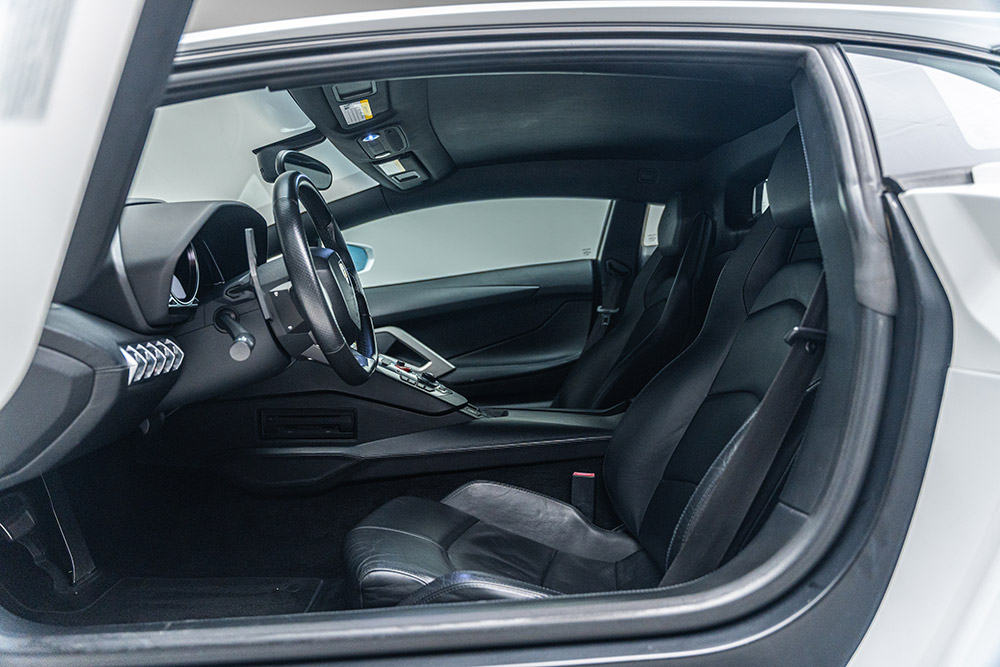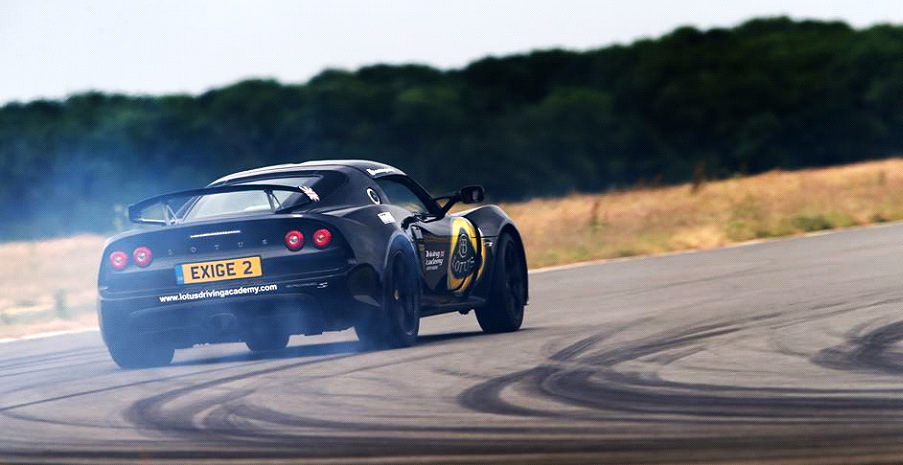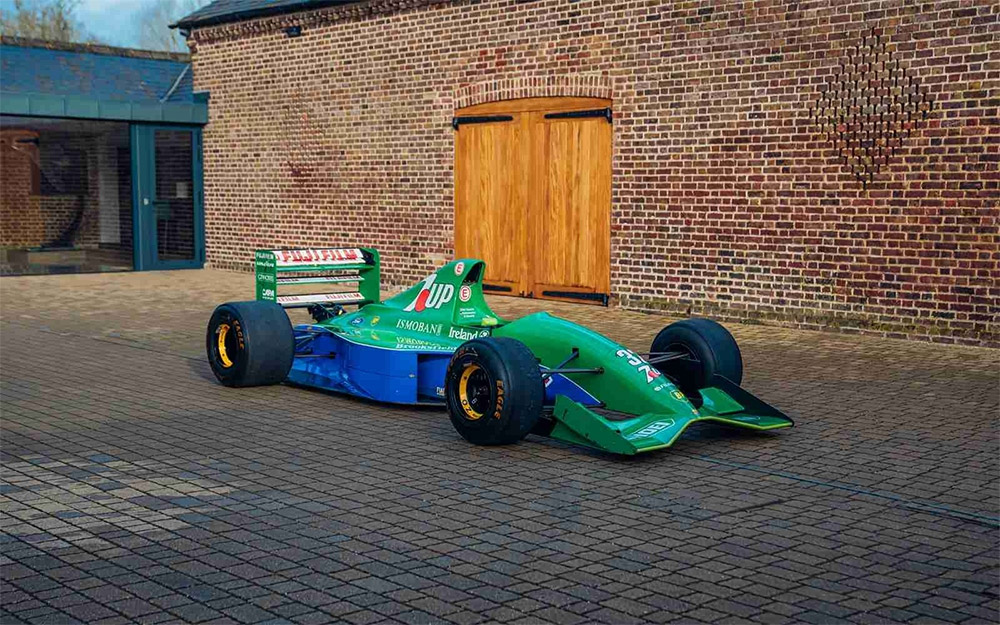When Lamborghini unveiled the Aventador in 2011, the automotive world felt a seismic shift. This wasn’t just a replacement for the Murciélago—it was the dawn of a new era for Sant’Agata Bolognese. Packing a ferocious naturally aspirated V12 and built around a lightweight carbon fiber monocoque never before seen in Lamborghini production, the Aventador was a technical and emotional masterpiece that redefined the supercar battlefield.
But not every Aventador is created equal. One car in particular—the very first Aventador to arrive on North American shores—helped ignite Lamborghini’s next chapter. And now, that exact car has been entrusted to its final resting place: the Petersen Automotive Museum in Los Angeles.

A Prototype with Secrets
This 2011 Aventador Coupé (Model Year 2012) wasn’t just another production unit—it was the car Lamborghini used before the public even knew the model existed. It was flown across the U.S. for covert preview events in New York, Miami, and Los Angeles, shown only to select insiders and VIPs under strict secrecy.
Once the covers came off globally, this Aventador served as Lamborghini’s Swiss Army knife. It headlined PR and marketing campaigns, trained technicians on new systems, and even took to the track at multiple events. Few production cars can claim such a behind-the-scenes role in shaping a brand’s modern identity.

Engineering the Bull
What made the Aventador such a revolution? For starters, its 6.5-liter naturally aspirated V12 produced an earth-shaking soundtrack while laying down over 690 horsepower—enough to rocket the car past 217 mph. Yet the biggest leap forward wasn’t just under the hood, but under the skin.
The Aventador debuted Lamborghini’s first full carbon fiber monocoque chassis, a structural leap that delivered Formula One-grade rigidity with minimal weight penalty. Combined with pushrod suspension inspired by racing technology and a lightning-quick ISR transmission, the Aventador became a brutally effective weapon that still carried Lamborghini’s wild DNA.
It wasn’t just fast—it became the best-selling V12 Lamborghini in history, eclipsing every flagship bull that came before it.
A New Home in the Vault
Now, the very first North American Aventador is on display inside the Petersen Automotive Museum’s newly expanded Vault. For enthusiasts, this isn’t just a retired supercar—it’s a landmark in Lamborghini’s evolution, preserved as a touchstone of modern performance engineering.
The Petersen, long considered one of the world’s premier automotive museums, continues to expand its roster of legendary vehicles. By adding this Aventador, the museum gives fans and historians the rare chance to witness a piece of Lamborghini lore up close.

Why This Matters to Enthusiasts
The Aventador wasn’t just another V12 flagship—it set the tone for Lamborghini’s modern identity. Its design language, its carbon chassis, and its combination of high drama with genuine performance technology created the blueprint for everything that followed, including the electrified successors we’re starting to see today.
Owning the first Aventador in North America would be the ultimate bragging right. Seeing it preserved for the public in LA’s temple of automotive culture ensures its story will keep inspiring future generations of enthusiasts.
Final Thoughts
This Aventador started life as a secret weapon, launched as a flagship icon, worked tirelessly as Lamborghini’s frontline ambassador, and now takes its place as a museum treasure. From the shadows of private preview rooms to the bright lights of Petersen’s Vault, its journey mirrors Lamborghini’s own path into the modern age of supercar dominance.
For fans of performance, history, and the unrelenting howl of a naturally aspirated V12, the Petersen just became an even more essential pilgrimage.
Visit Petersen.org to plan your trip.







